MXB-JFB 숄더 부싱 플랜지 흑연 상감 자기 윤활 베어링
Cat:자기 윤활 베어링
MXB-JFB 자기 윤활 베어링은 플랜지 및 자기 윤활 특성을 갖도록 설계된 숄더형 부싱입니다. 이는 낮은 마찰, 높은 온도 저항 및 우수한 하중 전달 능력을 제공합니다. 이 베어링은 자동차 및 중공업과 같은 다양한 산업에서 신뢰성과 내구성이 요구되는 응용 분야에...
자세히보다The geometry of a self-lubricating bushing plays a critical role in its performance, as it affects how the bushing interacts with the surrounding surfaces, the distribution of lubrication, and the efficiency of friction reduction. Here's a detailed look at how different aspects of bushing geometry influence performance in various mechanical systems:
Surface Area and Lubricant Distribution
Larger Contact Area: Bushings with a larger surface contact area can distribute the load over a greater surface, potentially reducing wear and improving the load capacity. A larger contact area also allows for better lubrication retention, as there’s more material to store and release lubricant.
Smaller Contact Area: A smaller contact area may result in higher localized pressure, which could increase wear if the lubrication isn’t sufficient. However, such designs may work better for lower load, high-speed applications where less friction is required.
Radial vs. Thrust Load Bearing
Radial Bushings: For radial applications (e.g., in shafts), the geometry of the bushing, including its inner and outer diameters, determines the amount of lubricant that can be retained and how it is distributed. If the bushing has a smooth surface or spiral grooves, it can enhance the movement of lubricant, improving wear resistance and lowering friction.
Thrust Bushings: These bushings are designed to handle axial loads (forces parallel to the shaft). The geometry, particularly the face area, determines how well the bushing can resist axial loads while maintaining a low coefficient of friction. The material's porosity and thickness are important in ensuring lubrication under thrust conditions.
Pore Structure and Lubricant Release
Porous Geometry: In self-lubricating bushings with porous metals or composite materials, the size, shape, and distribution of the pores directly influence how lubricant is stored and released. Larger pores may hold more lubricant but could leak it out too quickly, whereas smaller pores may retain the lubricant longer, offering better performance in low-velocity or low-load applications.
Sintered vs. Non-Sintered Designs: Sintered bushings, where the pores are formed during manufacturing, have a more uniform lubricant distribution, which leads to more consistent lubrication. Non-sintered designs may have more irregular pore structures that can impact lubricant release efficiency.
Internal and External Profiles
Internal Geometry (Bore Shape): The internal shape of the bushing (whether it's cylindrical, conical, or stepped) affects how evenly the bushing fits around a shaft or other components. A precise fit ensures minimal gap between the bushing and the shaft, improving the distribution of lubrication and reducing the chance of frictional wear.
External Geometry: The external geometry of the bushing, such as flanges or external ribs, can influence its ability to withstand external forces, like radial or axial load. Additionally, external features can help in aligning the bushing properly within its housing, ensuring uniform lubricant distribution and more even wear across the bushing.
Groove Patterns and Lubricant Flow
Grooved or Slotted Bushings: Some self-lubricating bushings incorporate grooves or slots along their surface to facilitate lubricant movement. These grooves help channel lubricant from the internal structure to the surface, improving lubrication at critical points, reducing friction, and extending the life of the bushing.
Helical Grooves: In certain designs, helical or spiral grooves are incorporated to promote the movement of lubricant in a consistent, controlled manner during rotation, helping to maintain a steady lubricant supply even during dynamic operation.
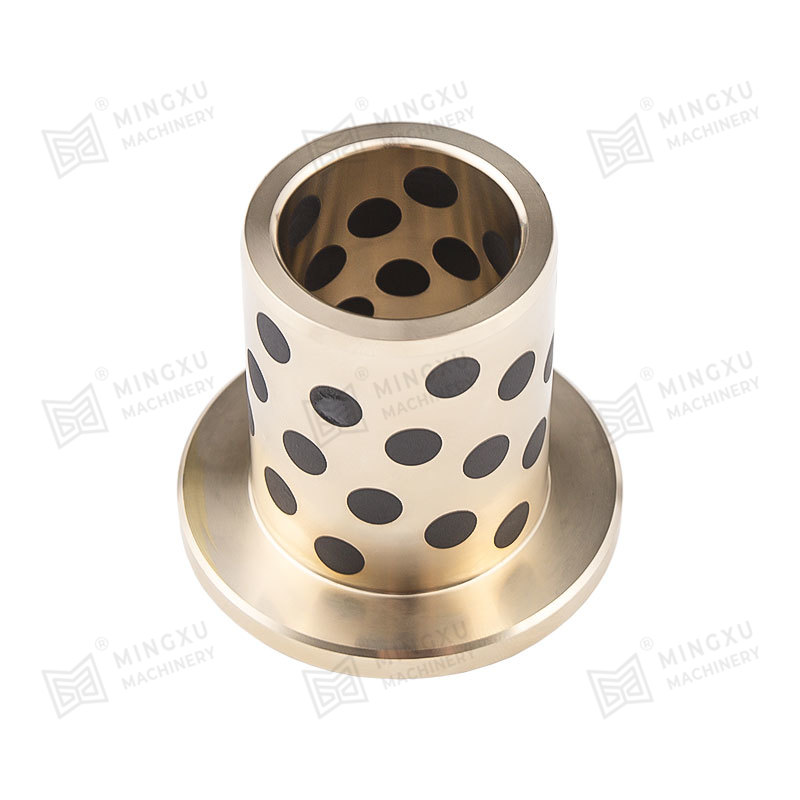
Material Thickness and Lubricant Storage
Thicker Materials: Thicker bushings, especially those with embedded lubrication systems, can store more lubricant, making them ideal for high-load or high-demand applications where lubrication is crucial. These designs allow for longer operational life since the lubricant is more abundant and can be replenished over time.
Thinner Materials: Thinner bushings may have reduced lubricant storage capacity but are lighter and more suitable for low-load or low-speed applications where minimal lubrication is required.
Load Distribution and Deformation
Load Distribution Geometry: The shape and profile of the bushing determine how forces are distributed across the bearing surface. For instance, a bushing with a tapered design might concentrate force at one point, leading to higher localized stress and faster wear. A more uniform geometry, such as a cylindrical bushing, distributes forces more evenly, which can lead to more even wear and longer service life.
Deformation Under Load: The geometry also affects how the bushing deforms under load. A bushing with the correct fit and design will deform in a controlled manner, maintaining proper lubrication coverage. Incorrectly sized bushings, or those with poorly optimized geometry, may deform excessively and lose lubrication effectiveness.
Tolerance and Clearance
Precision Fit: The tolerance between the inner and outer surfaces of the bushing influences the amount of clearance. Too tight a fit can lead to excessive friction, while too much clearance can result in instability and inefficient lubrication distribution. Optimal clearance allows for the necessary lubricant flow and ensures the bushing operates smoothly.
Clearance for Lubricant Flow: The geometry should allow enough clearance for the lubricant to flow between the bushing and the mating surface, but not too much that the lubricant is forced out prematurely. This clearance depends on the material’s ability to store and release lubrication efficiently.
Application-Specific Design
Heavy-Duty Systems: For systems that undergo extreme loads, such as automotive suspension or construction equipment, the geometry of the bushing often includes features to handle higher stress, such as thicker walls, reinforced materials, or external flanges to increase surface area and improve lubrication storage.
Precision Applications: In highly accurate systems like robotics or aerospace, bushings often have highly precise geometries, with very tight tolerances and smooth surfaces to ensure exacting performance and minimal friction.
Temperature and Speed Effects
Thermal Expansion: The geometry of the bushing will change with temperature fluctuations. Self-lubricating bushings with geometry that accommodates thermal expansion will maintain their performance under varying temperatures by maintaining proper fit and lubricant distribution.
Speed Considerations: At higher speeds, the geometry of the bushing might need to be adjusted to prevent excess heat buildup, which could cause lubricant breakdown. Grooves or larger surface areas help dissipate heat and maintain lubricant film integrity.
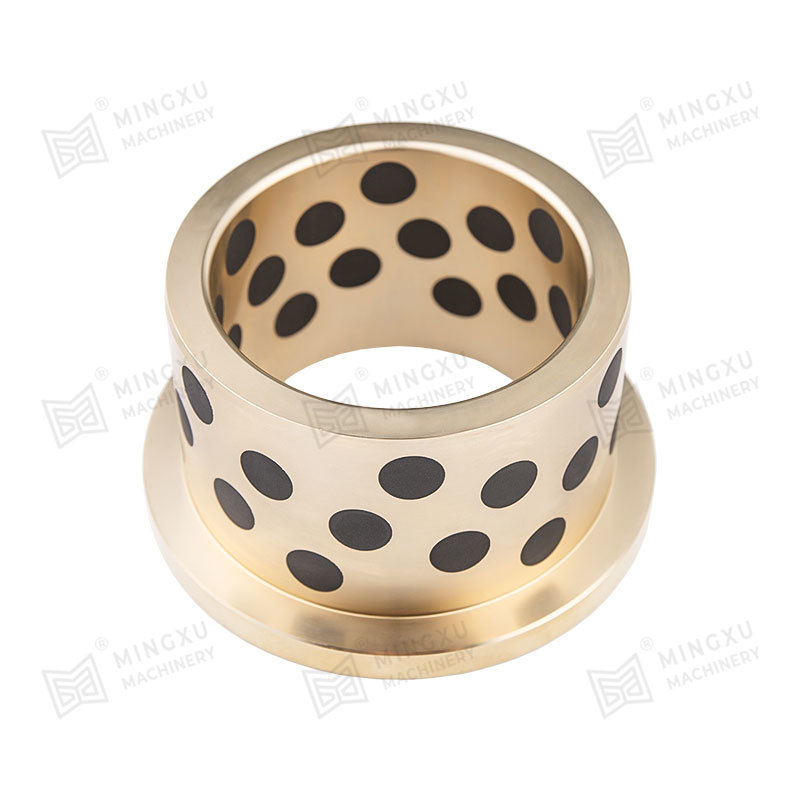
MXB-JFB 자기 윤활 베어링은 플랜지 및 자기 윤활 특성을 갖도록 설계된 숄더형 부싱입니다. 이는 낮은 마찰, 높은 온도 저항 및 우수한 하중 전달 능력을 제공합니다. 이 베어링은 자동차 및 중공업과 같은 다양한 산업에서 신뢰성과 내구성이 요구되는 응용 분야에...
자세히보다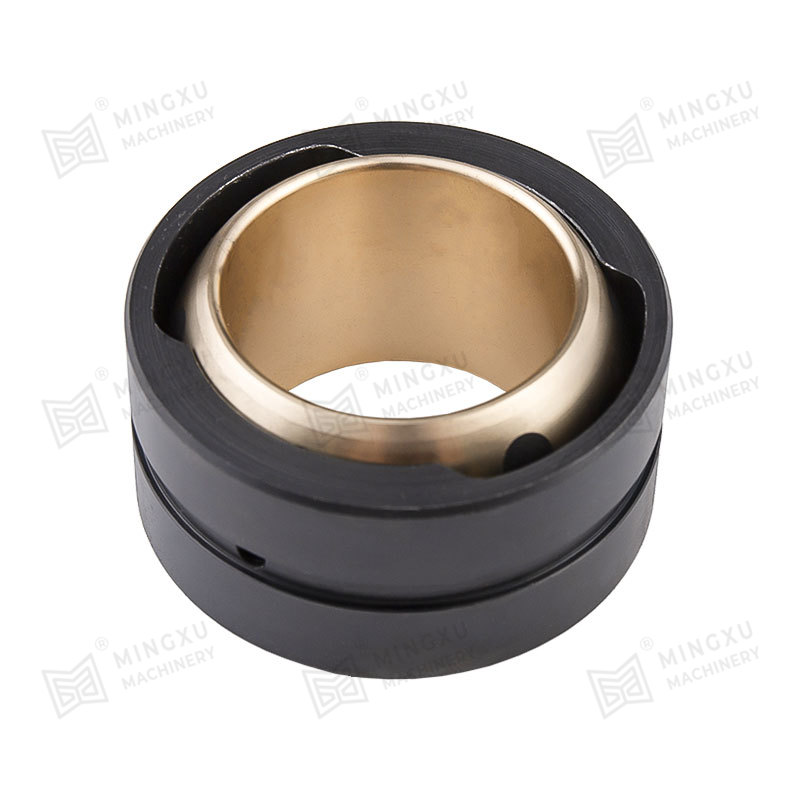
MXB-JDBS 청동 기반 솔리드 상감 자체 윤활 구형 베어링은 구형 슬라이딩 베어링입니다. 슬라이딩 접촉면은 내부 구면과 외부 구면입니다. 이동 중에 어떤 각도로든 회전하고 흔들릴 수 있습니다. 표면 인산염 처리, 튀김 입, 패딩, 스프레이 등 다양한 특수 공정...
자세히보다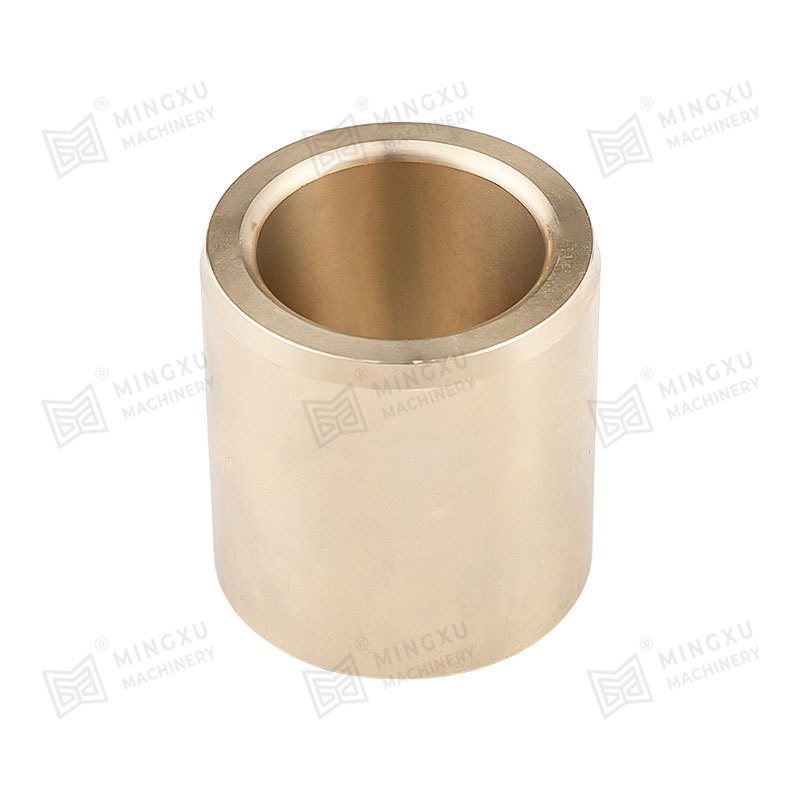
MXB-JDBU 자기 윤활 주조 청동 베어링은 고강도 황동 베이스에 흑연 또는 Mos2 고체 윤활제가 상감된 고성능 고체 윤활 제품입니다. 유막 윤활에 의존하는 일반 베어링의 한계를 뛰어넘었습니다. 사용 중 마찰열로 인해 고체 윤활제가 샤프트에 마찰되어 오일과 분...
자세히보다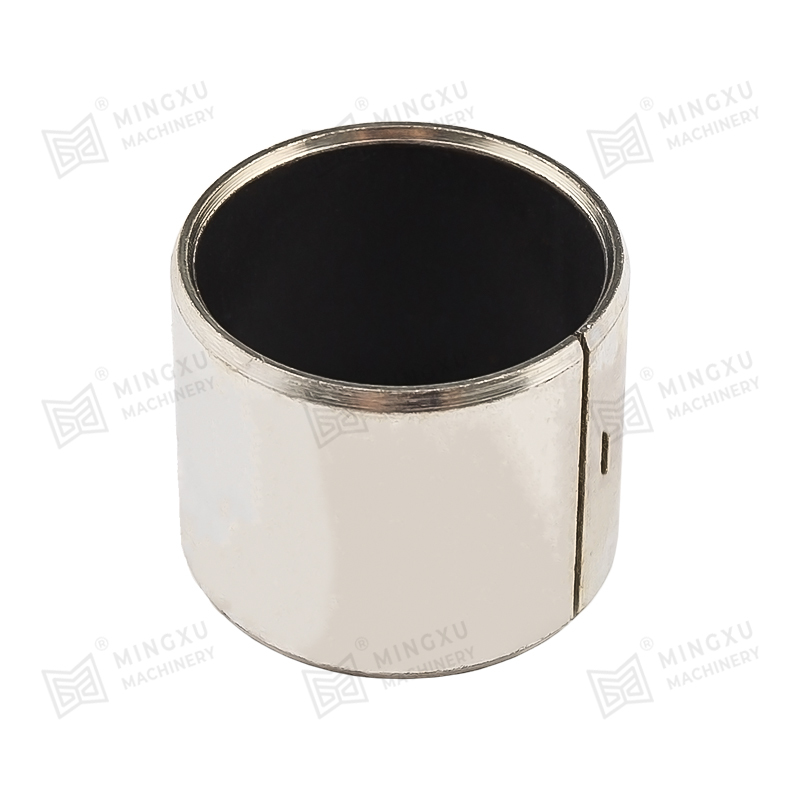
MXB-DU 오일리스 베어링(SF-1 부싱이라고도 함)은 강판을 베이스로 하고 중앙에 소결 구형 청동 분말을 배치하고 표면에 폴리테트라플루오로에틸렌(PTFE)과 섬유를 혼합하여 롤링한 슬라이딩 베어링입니다. . 특징: 1. PTFE와 섬유의 혼합량은 0...
자세히보다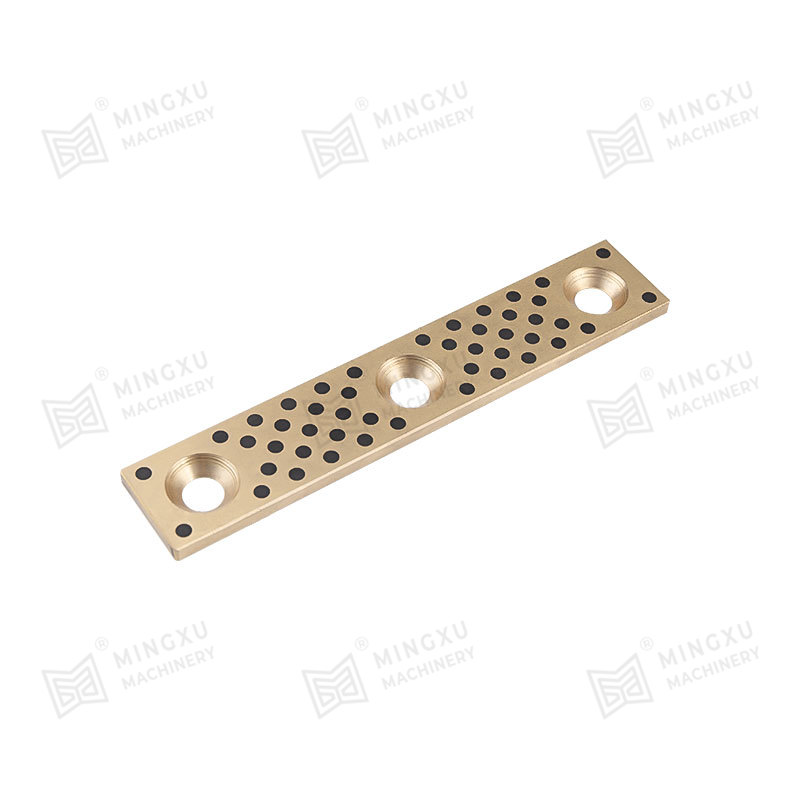
건설 산업에서는 MXB-JUWP 자체 윤활 내마모성 플레이트가 주로 건물 구조물 보호에 사용됩니다. 건물 구조물을 장기간 사용하는 동안 바람, 비, 태양 노출과 같은 자연적 요인의 영향을 받아 구조물 표면에 부식과 마모가 발생하여 구조물의 안정성과 안전성에 영향을...
자세히보다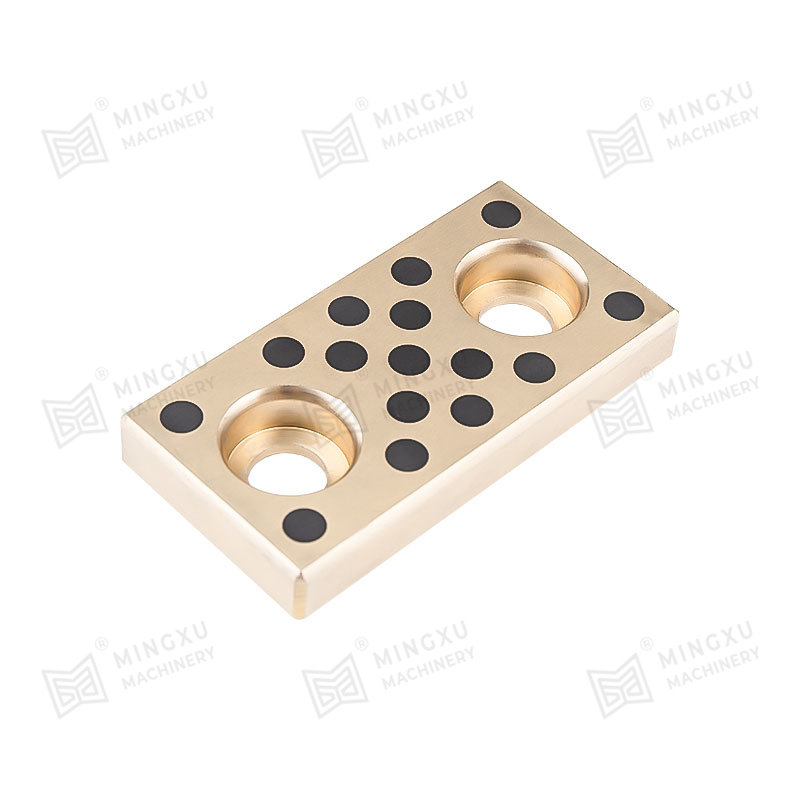
MXB-JOLP 자체 윤활 마모 플레이트는 우수한 자체 윤활 특성을 가지며 외부 윤활이 필요하지 않습니다. 이 제품은 내하중 능력과 내마모성이 우수하고 유지 관리 및 가동 중지 시간을 비용 효율적으로 줄일 수 있으며 고객이 성능을 최적화하고 효율성을 향상시키는 데...
자세히보다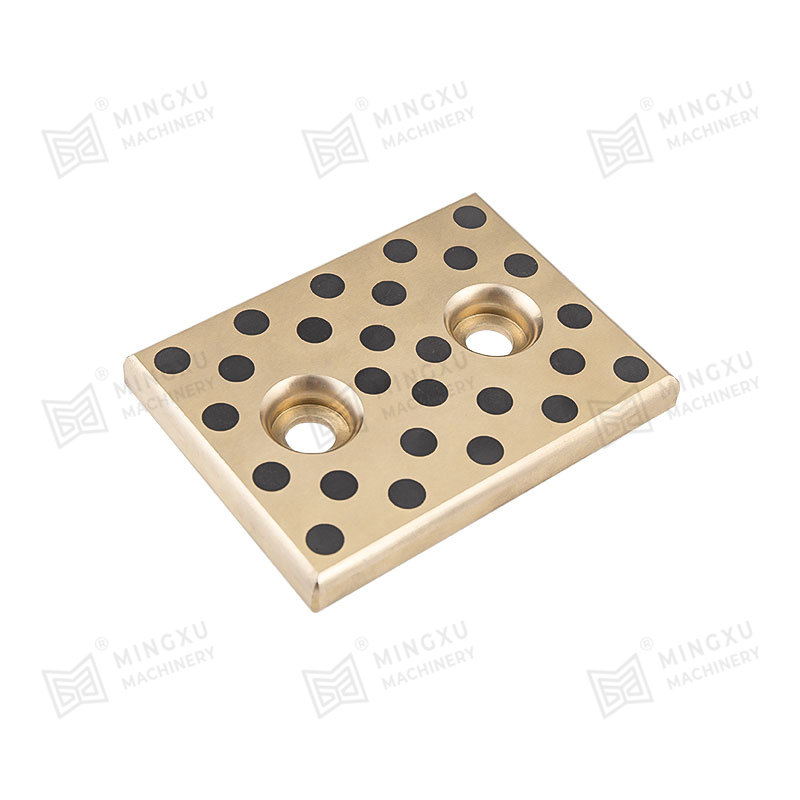
MXB-JSP 자체 윤활 내마모성 플레이트는 구리 합금을 원료로 사용하고 흑연 인레이를 사용하여 자체 윤활을 달성하는 사출 성형기, 자동차 스탬핑 금형, 타이어 금형, 공장 기계(굴착기 등) 등에 적합합니다. 효과, 원하는 나사 구멍 직경 2/3/4/ 5/6/8/...
자세히보다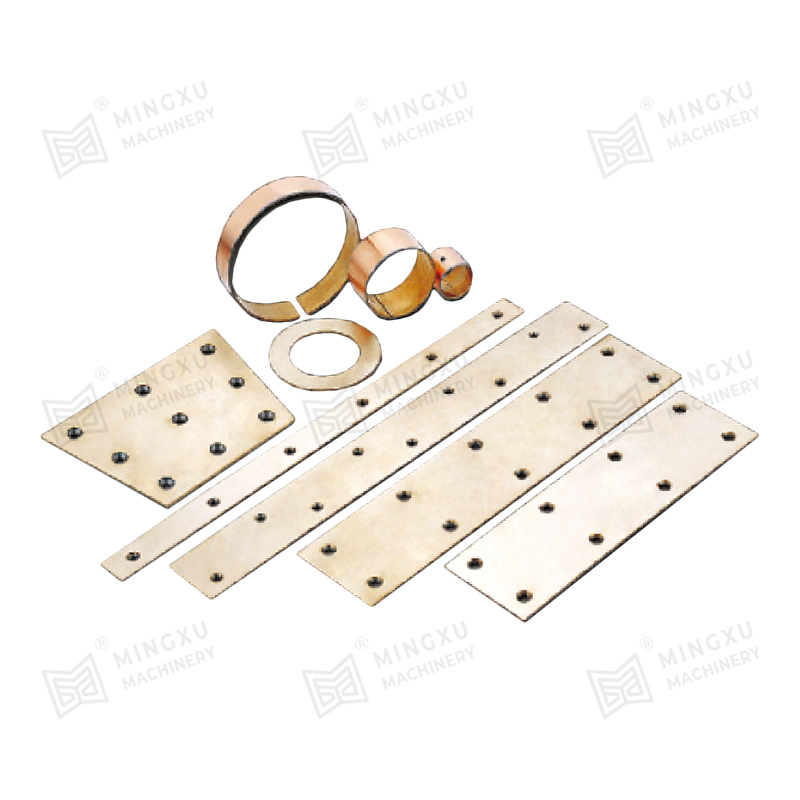
MX2000-1 흑연 내장 합금 베어링, MX2000-1 흑연 산란 합금 베어링은 JF800 바이메탈 베어링의 개선된 제품입니다. JF800 바이메탈 베어링의 내압성과 내마모성을 가지며 흑연 비산 후 오일 프리 윤활을 달성합니다. 오일이 없거나 적은 상태에서 마찰...
자세히보다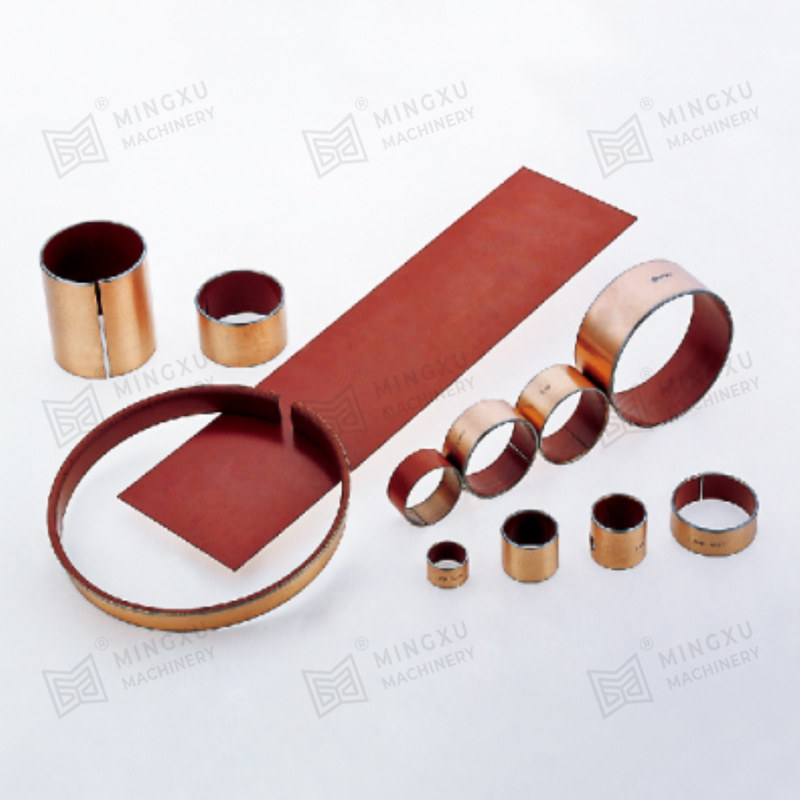
SF-1D 유압 베어링은 SF-1P를 기반으로 설계되었으며 오일 실린더와 충격 흡수 장치의 작동 원리를 결합한 새로운 유형의 재료입니다. 오일이 없는 조건에서는 내마모성이 더 좋습니다. SF-1P의 장점 외에도 이 제품은 왕복 운동이 잦고 횡력이 큰 경우에 특히 ...
자세히보다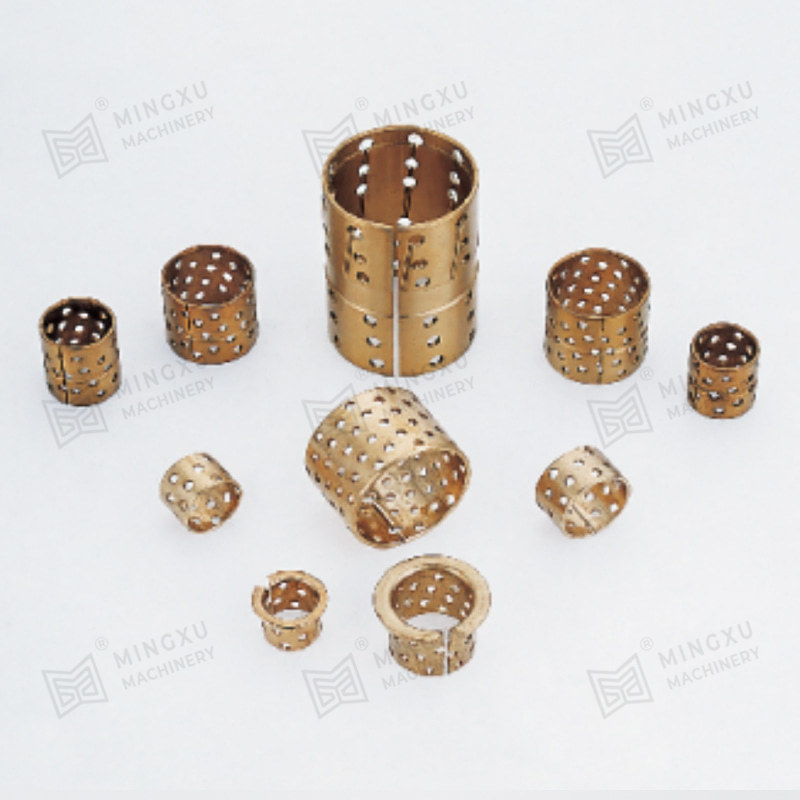
FB092 브론즈 펀치 베어링은 브론즈 재질을 베이스로 제작되었으며 균일하고 질서정연한 오일 주입 구멍이 가공되어 있습니다. 벽이 얇은 베어링으로 롤링되어 조립 후 윤활 그리스가 주입됩니다. 베어링은 큰 오일 저장 용량, 쉬운 설치 및 작은 디자인의 장점을 가...
자세히보다
문의하기